Iconic climbs of the Giro d’Italia Women
Blockhaus headlines 2024 edition of race that hasn’t shied away from famous ascents
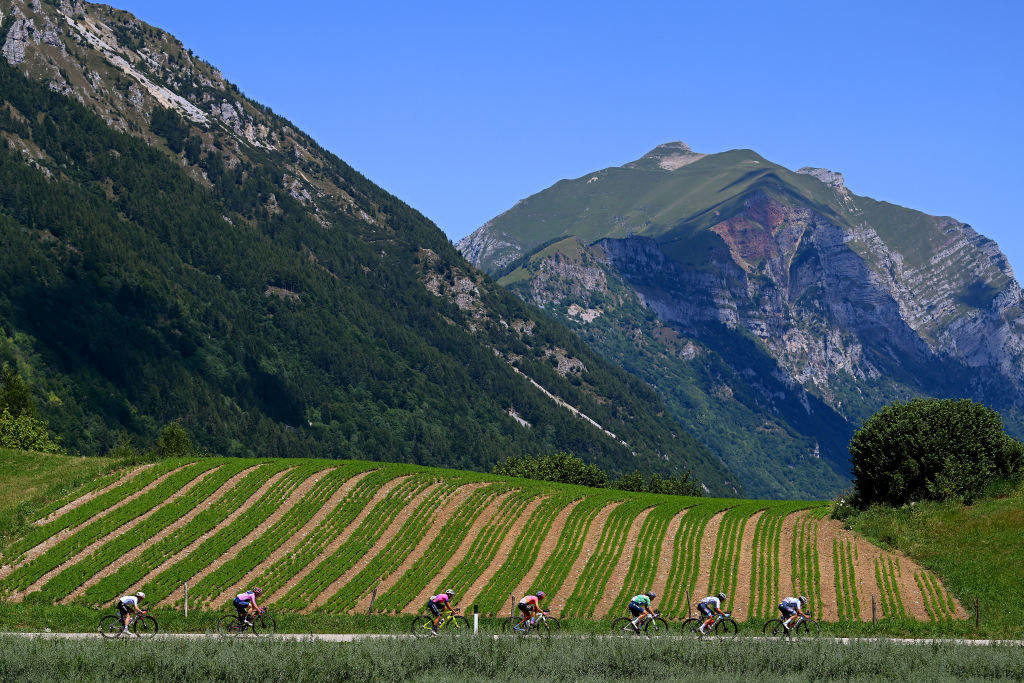
In its 35-year history, the Giro d’Italia Women has gone through many guises and eras, from high points to low points, various names and organisational changes, there hasn’t always been too much consistency for the premier stage race on the women’s calendar. Things are changing once again for 2024, with the race coming under control of men’s Giro organisers RCS for the first time, in what promises to be a new era for the event.
Throughout its history, however, one thing has remained characteristic of the women’s Giro: the inclusion of hard, high, or otherwise iconic climbs. With the richness of famous cycling climbs in Italy, some of the sport’s toughest ascents have come to define the women’s corsa rosa.
Like the Tour de France Femmes avec Zwift and its predecessors, the Giro route has varied in difficulty over the years. Earlier editions took in climbs and stages akin to the men’s race, with some memorable big days in the mountains, but recent years have seen the race slightly shrink in stature, and with that, fewer visits to the big climbs. However, there’s always at least one major climb on the Giro route, and the Italian race has certainly never shied away from difficult stages.
This year, the climb that has that flagship status on the route is the Monte Blockhaus, which comes on stage 7, the race’s Queen stage. The riders will almost do a double ascent of Blockhaus that day, tackling the Passo Lanciano - a climb that just cuts off the final few kilometres of the Blockhaus - right before they take on the full ascent. At 17.7km in length with an average gradient of 7.8%, this is a tough mountain, and the double effort will make it even harder and more spectacular.
The Blockhaus is a blockbuster climb, and a fitting place for the new, RCS-organised era of the Giro d’Italia Women to start, but it’s also the latest point in a long tradition of some really major Italian climbs being included in the women’s race. From the fearsome Monte Zoncolan to the Passo dello Stelvio, here are some of the key mountains in the race’s history.
Blockhaus
Length: 17.7km at 7.8%
Altitude: 1,663m
Location: Abruzzo
Last visit: 2024 will be its first appearance in the women’s race
The Blockhaus has become a popular inclusion in the men’s Giro d’Italia, and so it’s perhaps not surprising that new organisers RCS have picked the climb to be the headline ascent of this year’s Giro Women route.
Get The Leadout Newsletter
The latest race content, interviews, features, reviews and expert buying guides, direct to your inbox!
When it comes to Italian climbs, this isn’t one of the top household names - like the Stelvio or the Zoncolan - but it’s a tough challenge that is forging its place as a key Giro climb. In this year’s race, the Blockhaus will be the Cima Alfonsina Strada - the women’s equivalent of the Cima Coppi for the highest point in the race.
The climb marks a new chapter for the women’s race. The gradients on Blockhaus aren’t extreme, but it is long, almost as long as the Col du Tourmalet that was included in last year's Tour de France Femmes, so it’s a serious mountain and one that will almost certainly decide the winner of this year’s Giro Women. If the first visit goes well, expect this to open up the doors for RCS including more famous climbs in the women’s route.
Other key climbs in the 2024 Giro d’Italia Women:
- Stage 3: La Collina (7.8km at 5.9%) - the race’s first summit finish
- Stage 4: San Marino (5.4km at 6.9%) - the opener of a punchy finale that could shake up the GC
- Stage 7: Passo Lanciano (12.4km at 8.3%) - a tough precursor to Blockhaus
- Stage 8: Forca di Penne (21.1k at 3.3%) - gentle but the longest climb of the race
- Stage 8: Castel del Monte (13.4km at 4.7%) - the second highest point in the race after Blockhaus
Monte Zoncolan
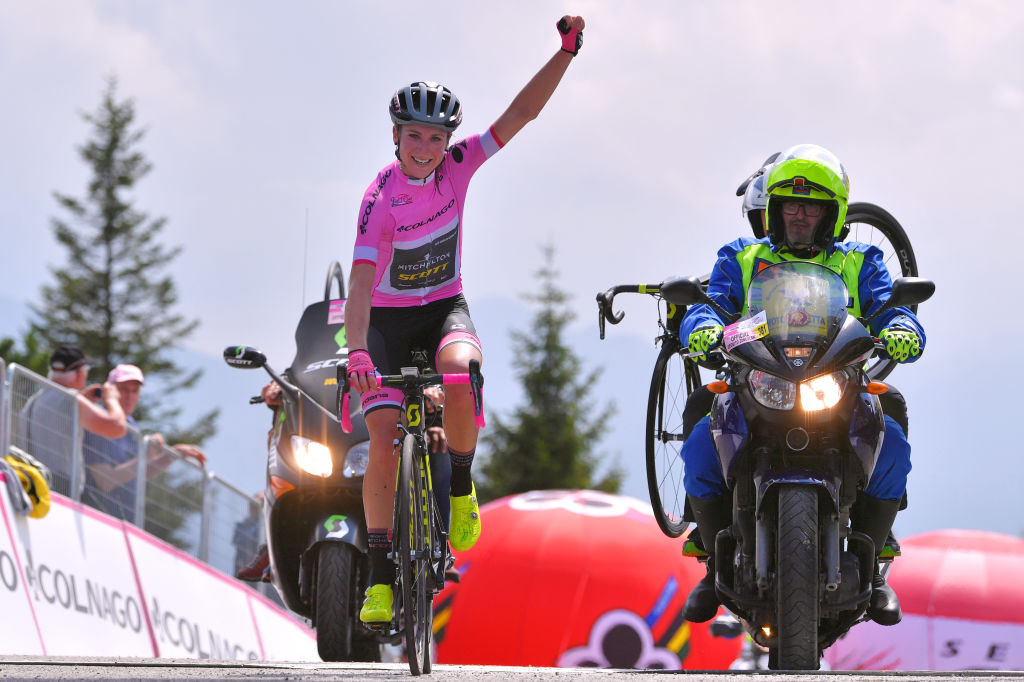
Length: 10.1km at 11.4%
Altitude: 1,730m
Location: Friuli-Venezia
Last visit: 2018, stage 9 won solo by Annemiek van Vleuten in the pink jersey
The Zoncolan is one of the most fearsome and demanding climbs in all of Italy, but that hasn’t deterred Giro organisers over the years, with the Friulian climb featuring twice in the race’s history.
It’s a rare inclusion even in the men’s race - only included there seven times - but has become iconic thanks to its punishingly steep gradients. The 10km ascent has an average gradient of 11.4%, but plenty of sections reach nearly 20%, and it’s a really brutal effort.
It’s perhaps no surprise, then, that the last winner on the Zoncolan was one of the peloton’s best-ever climbers, Annemiek van Vleuten. She attacked halfway up the climb to solo to victory, 40 seconds ahead of Ashleigh Moolman Pasio, for a win that will go down as one of her most memorable.
The first visit was in 1997, and that stage was won by Fabiana Luperini, the five-time winner of the Giro whose name crops up as the winner on many of the race’s most iconic climbs, and she became the first woman to conquer the Zoncolan with a solo win that solidified her overall victory.
Like Alpe d’Huez or Mont Ventoux in the Tour, the Zoncolan is a flagship climb of the Giro, and its two appearances hold a special place in the race’s history.
Mortirolo
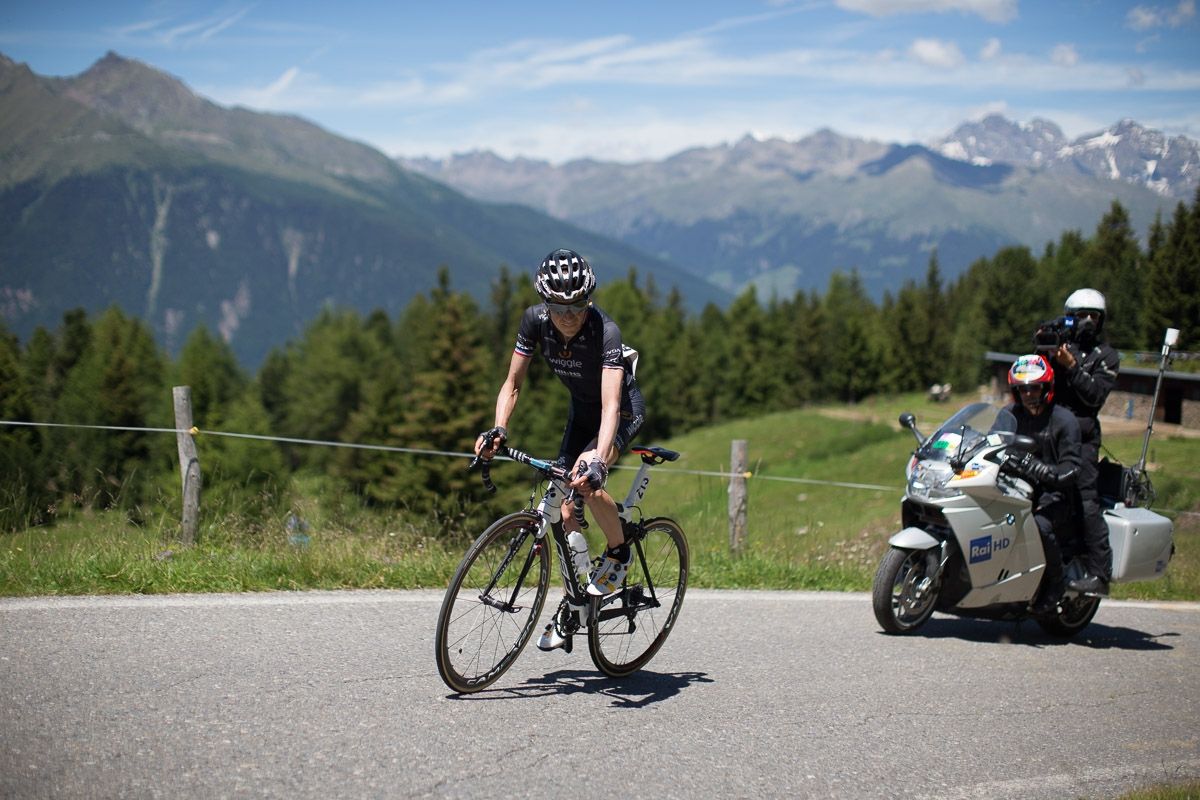
Length: 12.2km at 10.8%
Altitude: 1,890m
Location: Lombardy
Last visit: 2016, won by Mara Abbott in a long solo move
Like the Zoncolan, the Mortirolo is a climb synonymous with the Giro, and has often been the biggest climb and the Cima Coppi in the women’s race.
Its last inclusion came in 2016, where the peloton tackled the 12km ascent in the middle of a short stage, which saw Mara Abbott attack and go on a long solo mission to the finish to take the pink jersey.
Marianne Vos, in the days when she used to be a GC rider, has also won a Mortirolo stage, taking the honours in 2011 with an attack over the climb before descending to victory in Grosotto. She dominated that edition of the Giro, winning no fewer than five stages and the overall.
Prato Nevoso
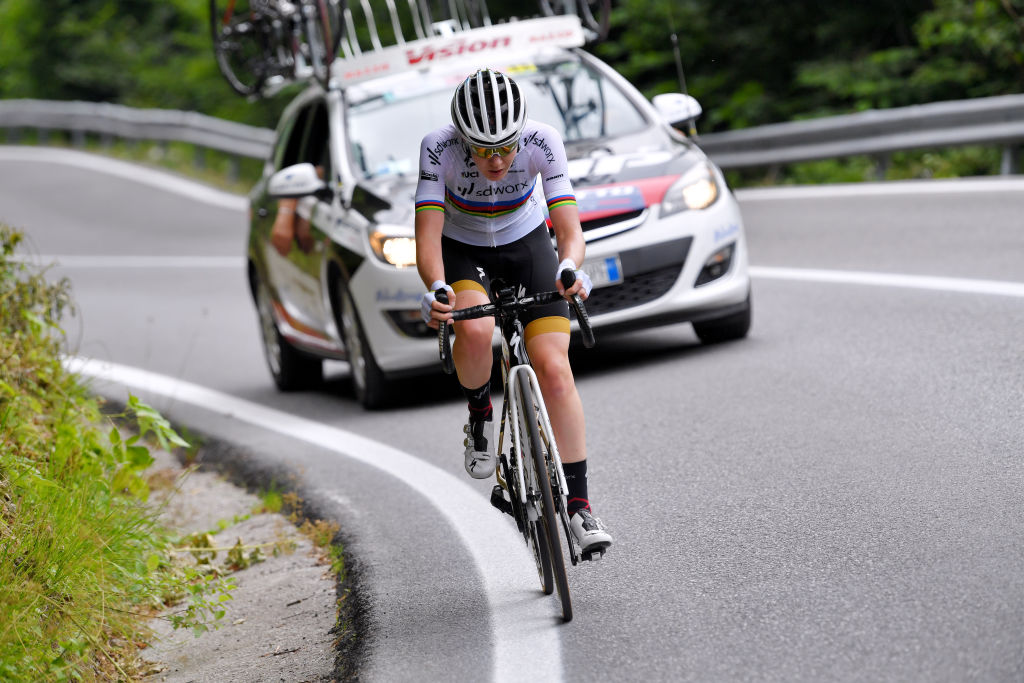
Length: 13.1km at 7.2%
Altitude: 1,607m
Location: Piemonte
Last visit: 2021, stage 2 won by Anna van der Breggen
Unlike the previous climbs, Prato Nevoso is not a climb that is synonymous with Italian cycling, but it holds a special place in the recent history of the women’s Giro as one of the toughest climbs amongst some editions that didn’t always include the most famous ascent.
In 2021, the climb cropped up as one of the earliest summit finishes we’ve seen in the race, and saw Anna van der Breggen ride to a dominant solo victory, putting 1:22 into her closest rival and practically sealing her fourth overall victory after just two stages.
That would prove to be her final road victory (she also won the time trial in that race) before retiring and a reminder to the world that she was still the world’s best rider. With the Dutchwoman returning to racing in 2025, this may no longer be her final road victory, but the tough climb will remain memorable for her win.
Monte Serra
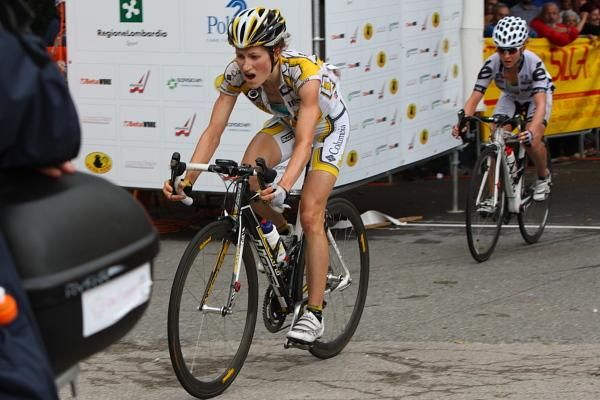
Length: 12.2km at 7.1%
Altitude: 873m
Location: Tuscany
Last visit: 2009, stage 4 won by Mara Abbott in a mountain-top sprint against Emma Pooley
Despite the Giro’s 35-year history, there are surprisingly few major climbs that have featured in the race more than once, but the most repeatedly visited climb in the corsa rosa is the Monte Serra.
Giro stages have finished atop this climb three times, in 1998, 2008 and 2009, and it has been the site of victories for some of the most famous riders in Giro history.
In 1998, Fabiana Luperini won on her way to her fourth overall victory, and fittingly - or remarkably, to those not familiar with Luperini’s longevity - she repeated that feat ten years later in 2008, winning on Monte Serra before going on to win the race for a record fifth time. Luperini has won on most of the key climbs of the Giro, such was her dominance when she was racing, but the twin wins here are particularly memorable.
The last visit to Monte Serra came in 2009, when stage 4 saw the peloton take on the climb twice in a row. A 23-year-old Mara Abbott took the victory, her first of seven in the Giro, outsprinting Emma Pooley on the line after a gruelling day. She settled for second overall that year, but came back in 2010 to win the race, after first proving herself in the Italian race on the Monte Serra.
Passo dello Stelvio
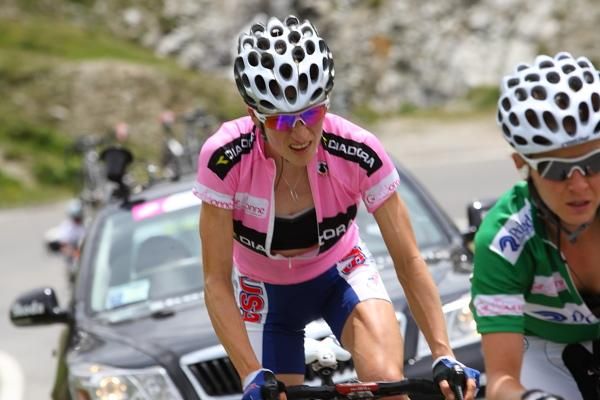
Length: 24.1km at 7.6%
Altitude: 2,757m
Location: South Tyrol
Last visit: 2010, stage 9 won by solo Mara Abbott
When it comes to looking at the winners atop the Giro d’Italia’s key climbs, two names come up again and again: Fabiana Luperini and Mara Abbott. In their time, both were dominant climbers and relished the inclusion of long, difficult climbs, adding some of cycling’s most famous mountains to their palmarès in the way that a rider like Demi Vollering is hoping to do in the modern era.
It’s not surprising, then, that when the Giro visited the Passo dello Stelvio in 2010, it was Mara Abbott who took the win atop one of the hardest and most famous climbs in Italy. The 24km ascent was used in full on the race’s Queen stage, and saw the race blow apart behind Abbott, who was already leading the race. She finished 27 seconds ahead of perennial rival Emma Pooley with an attack in the final 3km and the time gaps, though significant, were not enormous, proving just how closely matched the climbing level in the peloton was at the time, even on one of the sport’s hardest climbs.
Climbs like the Stelvio, Zoncolan and this year’s Blockhaus, alongside the Tour de France Femmes’ visits to the Tourmalet and Alpe d’Huez, prove that these big climbs have an important role in women’s Grand Tours, and their appearances will surely only become more common as these races continue to grow.
Matilda is an NCTJ-qualified journalist based in the UK who joined Cyclingnews in March 2025. Prior to that, she worked as the Racing News Editor at GCN, and extensively as a freelancer contributing to Cyclingnews, Cycling Weekly, Velo, Rouleur, Escape Collective, Red Bull and more. She has reported from many of the biggest events on the calendar, including the Giro d'Italia, Tour de France Femmes, Tour of Flanders and Paris-Roubaix. She has particular experience and expertise in women's cycling, and women's sport in general. She is a graduate of modern languages and sports journalism.